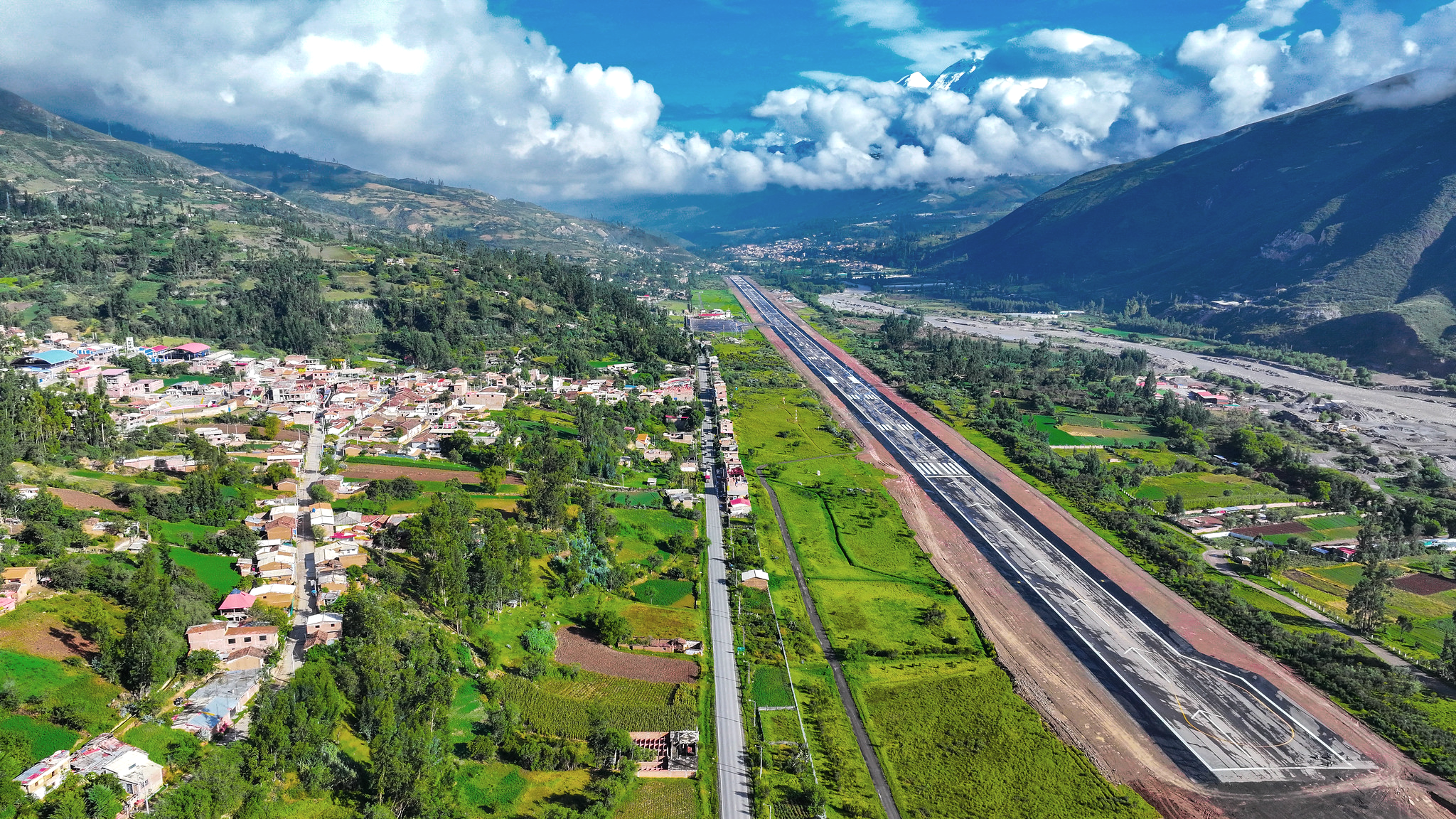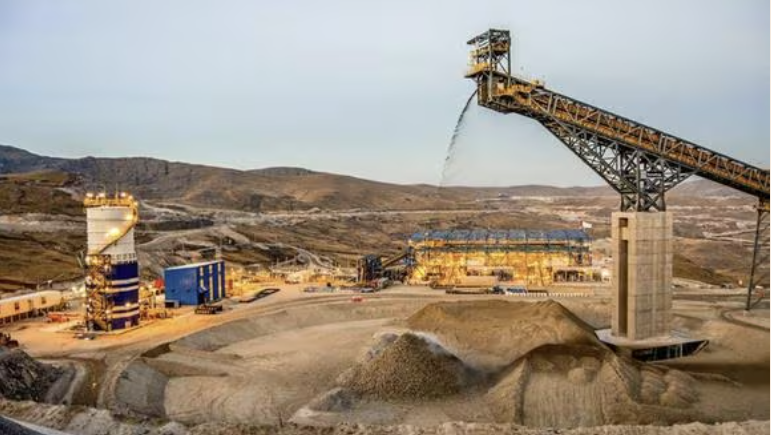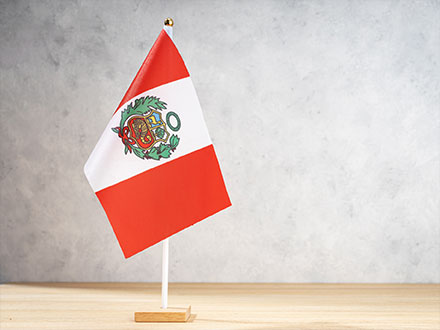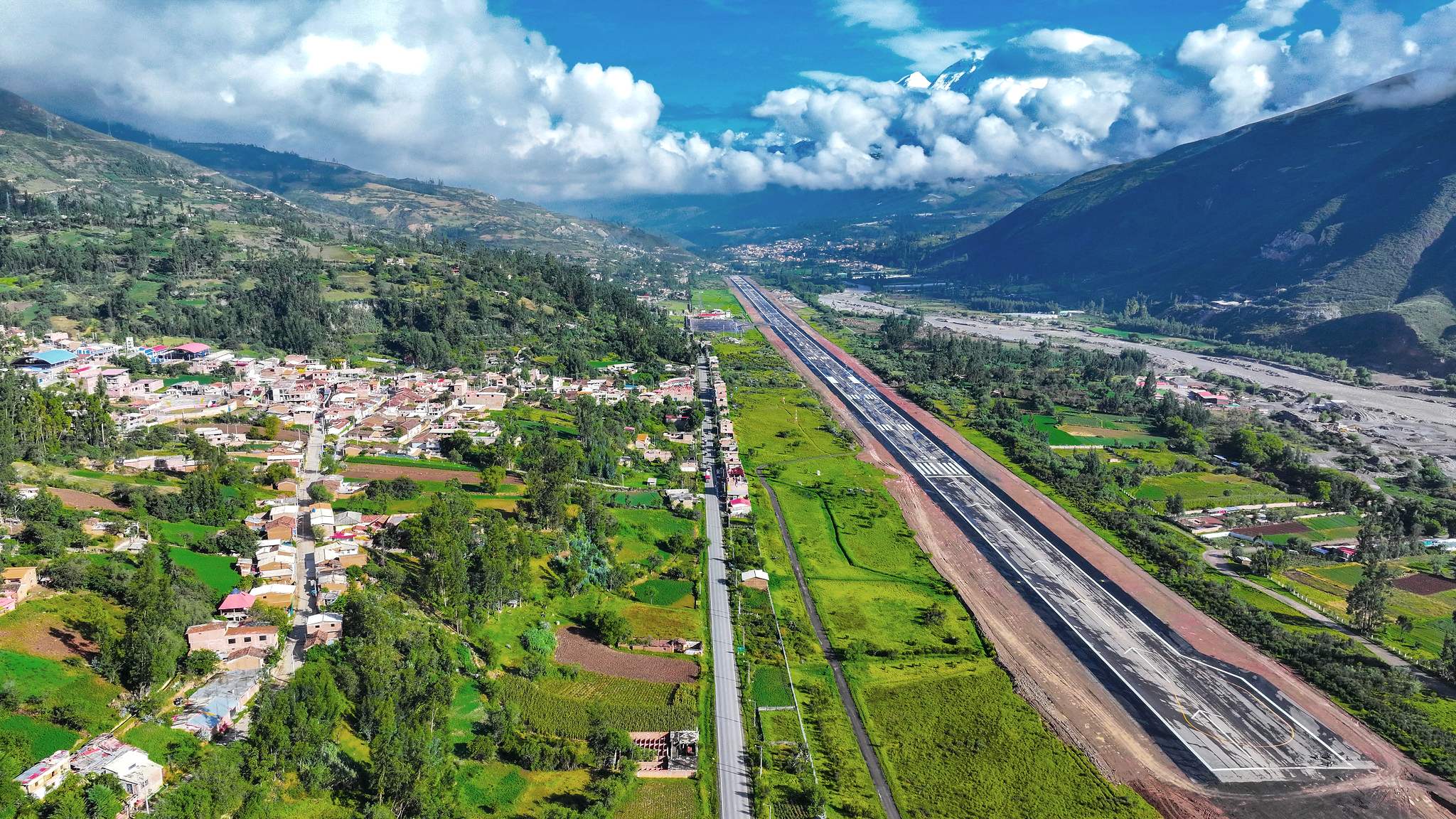Article in Gestión.
In a context where collaboration between the public and private sectors often seems difficult to achieve, the modernization of the Anta Airport in Áncash stands out as a valuable exception. The project, executed with an investment of S/55 million, has enabled daily commercial flights, reduced travel time between Lima and Huaraz from over 8 hours to just 45 minutes, and is already triggering major changes in the region.
In its first year of operation, more than 40,000 additional visitors arrived—this time with a different profile. While the new tourist tends to stay fewer days compared to the typical mountain or backpacker traveler, they have greater daily spending capacity, seek scenic and relaxing experiences, and stay throughout the Callejón de Huaylas—not just in Huaraz.
More income, more jobs, and more investment
The numbers and testimonies confirm the change. The arrival of international tourists increased by 50%, and demand for higher-end accommodations now exceeds 30% of the total. Transport providers and tour operators reported income increases between 15% and 50%; businesses that had been closed for years are filling up again; and some even report that during long weekends, accommodations in the Callejón de Huaylas fill up before those in Huaraz—a clear sign of tourism decentralization.
The sector has responded quickly. In Carhuaz alone, lodging capacity increased by 17% in one year. Transport providers invested in vehicles exclusively for airport service, and some hotels even doubled their capacity and are now upgrading their facilities.
This boost in activity has translated into an additional S/34 million for the local economy and over 1,000 new jobs. That means for every S/100 invested in the project, there has already been a return of S/60 for the region—just in the first year.
What’s still missing: the full experience
Even so, this is just the beginning. The airport currently operates with only one daily flight, with capacity equivalent to just 10% of the visitors who arrive at the region’s tourist destinations. The experience in Talara shows that over time, by increasing flight frequency and positioning the destination within national routes, passenger flow can double.
However, improving connectivity is not enough. It’s the complete experience that turns a trip into a recommendation—and a visitor into a promoter of the destination. Today, several access roads to lagoons and snowcapped peaks in the Callejón are in terrible condition, forcing vehicles to travel at just 10 to 20 km/h, and lacking proper restrooms, signage, and connectivity. The clearest example of the multiplying effect of investing in a comprehensive tourism experience is Chachapoyas. There, the improvement of the airport, road infrastructure, tourist services (including the Kuélap cable car), and marketing investment tripled the number of visitors in just a few years and consolidated the destination on the national map.
The Anta case shows that when local governments, businesses, and the community align around a high-impact project, benefits arrive quickly and are widely shared. With more flights, well-maintained roads, and tourist-friendly services, Áncash will not only secure its place on the map—it will turn air connectivity into a driver of sustained development.











